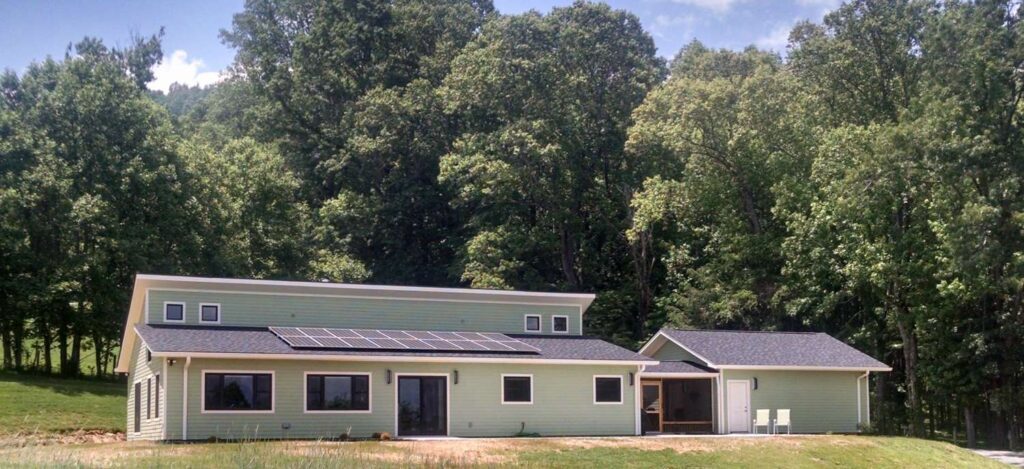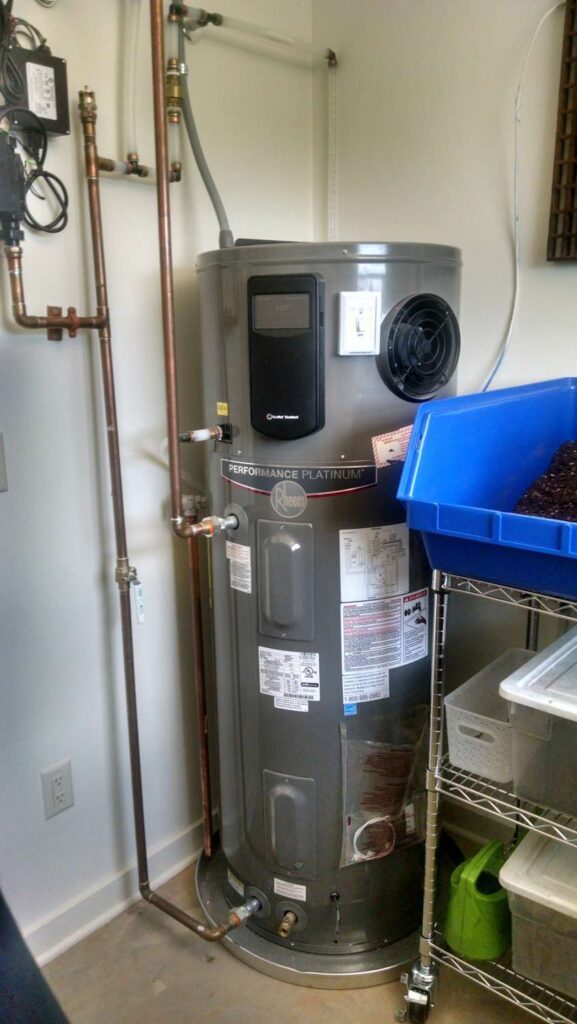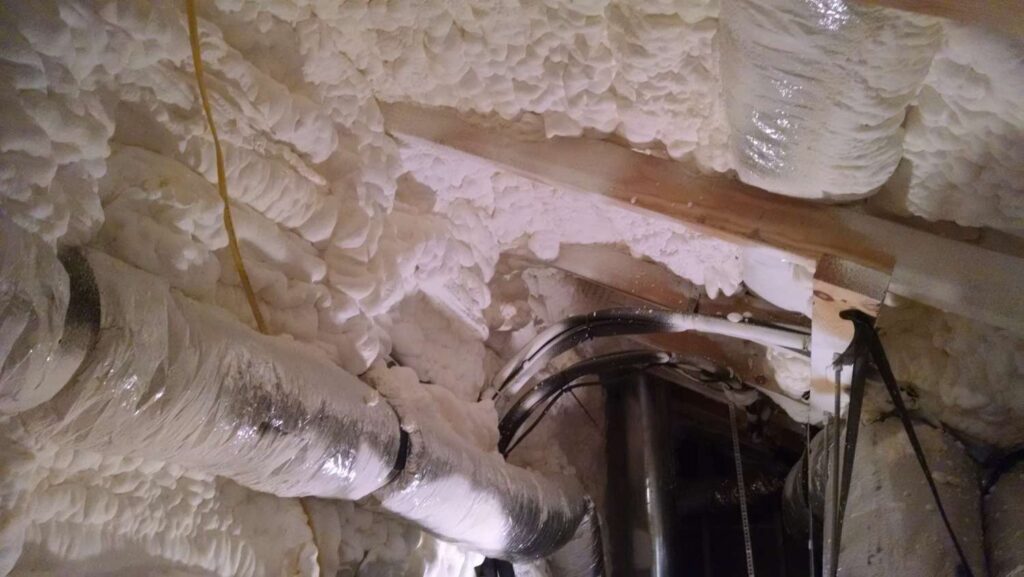Leigha Dickens
The Department of Energy wants builders to up their game.
Though it’s worth celebrating the energy savings achieved by the DOE’s ENERGY STAR® Homes program (said to be 20 percent), it’s possible to build homes that are even more efficient than that. It’s also possible to do so while also delivering other key benefits: improved comfort, reduced water use, the best possible indoor air quality, and the ability to seamlessly integrate a photovoltaic system.
Enter the Zero Energy Ready Home (ZERH) program. Launched in 2013 as an outgrowth of the DOE’s Builder Challenge program (which saw 14,000 homes certified), this new home certification program’s requirements go several steps above ENERGY STAR®.
As of late 2018, there were several thousand certified homes across the country, with approximately 10,000 in the pipeline to be certified. As a builder focused on high-performance homes with Home Energy Rating System (HERS) Scores already right within the target range (45 to 55 pre-solar), we were ready to try it out on a new project of ours in Mills River.

Like ENERGY STAR® with add-ons
The insulation and comfort system requirements for ZERH are a bit beefed up from ENERGY STAR®, but in our case, we were already doing most of those.
The biggest design difference is that ZERH requires all ductwork to be 100 percent inside the conditioned space, whereas ENERGY STAR® merely rewards it. This makes sense, as moving ductwork inside the conditioned space offers notable energy-efficiency gains; one study found it can save between 8 and 15 percent on air-conditioning costs.
As designed, the Mills River home has 1,762 square feet on a slab foundation, incorporating a split mono-slope roof design with vaulted trusses.
We typically build a conditioned attic space with a flat ceiling over a central core of hallways and bathrooms, using spray foam insulation at the roof line and exterior attic walls. We usually house a single ducted mini split in this space, with ductwork adequate to serve the bedrooms and bathrooms that are all clustered on the back half of the house.
We then serve the other half of the house — the open kitchen, living room, and dining room — with a single ductless mini split. This two-zone system is our attempt at striking a compromise between right-sizing the unit’s capacity to the house’s heating and cooling load with the need to distribute the conditioned air effectively throughout the house.
The reduced hot-water use requirement
The ZERH checklist states: “To minimize water wasted while waiting for hot water, the hot water distribution system shall store no more than 0.5 gallons of water in any piping/manifold between the hot water source and any hot water fixture.”
Since most homeowners flush this cooled water down the drain while they wait for the heated water to arrive, this requirement can save a considerable amount of water. Yet a water heater would have to be located close enough to all the faucets to succeed at storing this little water in the piping between them. Paying attention to water stored in hot water piping may be new to many builders.

A quick glance at the floorplan had me convinced at first that this project was not going to succeed at this, as the water heater was on the opposite side of the house from the bathrooms. Yet we had specified a heat-pump water heater for its superior energy performance over a typical electric tank water heater. The homeowners agreed to this technology despite the operating noise and the cold air, on the condition that they could keep this water heater away from the main living spaces.
I hated to give up the heat pump water heater, so I spoke to the friendly folks at the DOE about this challenge. They pointed out that ZERH does allow the use of a hot water recirculation system to meet this requirement, so long as that system has the right kind of controls.
In a typical hot water recirculation system, an extra hot water return line makes a loop between the furthest fixtures and the water heater, while a pump is set up to circulate hot water throughout this loop. When hot water is called for, the heated water only has to travel the distance from the loop to the faucet, not the entire distance from the water heater to the faucet, reducing the amount of water that is wasted down the drain while waiting for the hot water to arrive.
The thing is, many of the common methods of controlling a hot water recirculation pump (such as timers or temperature sensors, or even just leaving the pump on 24/7) ultimately waste considerable energy, as these systems end up operating when hot water is not actually needed. To avoid this, in a ZERH home, the pump must be controlled by either a manual button, an adaptive control system, or an occupancy sensor that turns the pump on when it senses someone near the faucet. We settled for a system with a manual control.
A focus on interior finishes
ZERH certification requires that the homeowner also earn EPA Indoor Air Plus Certification.
Any composite wood product (including cabinetry, sheathing, trim material, laminated veneer lumber, or engineered wood flooring that had a composite wood component), any interior paint or stain, and any carpet and even the carpet pad have to comply with a relevant indoor air quality standard.
While some of these standards were easy to identify (for example, the carpet product the homeowners already selected had the required Carpet and Rug Institute green label clearly documented on the spec sheet, and our paint supplier was already using the Sherwin Williams Pro-Mar 200 Zero-VOC line), others required considerable research to uncover. Ask, verify, and then verify again is a good mantra for this kind of product specification research.

Solar-ready
In our case, solar was already part of the project. Our area has a decent net-metering program, and the homeowner wanted to take advantage of local rebates for solar offered through Duke Energy. Without solar, a home participating in ZERH has to complete a solar-ready checklist which include provisions for planning for future solar.
Benefits and considerations
In the end, the homeowners got a highly efficient home with tested systems, better air quality, and reduced hot water wait times. Because we were willing to do our research (and the homeowners were open to it), we were able to do so without compromising on the specific technologies (like the heat-pump water heater) or the specific selections (like those cabinets they really had to have). We, meanwhile, gained a few new tricks and practices to employ.
Leigha Dickens manages green building and building science for Deltec Homes, a high-performance home panelizer and builder in Asheville. Connect with Leigha at deltechomes.com.
You can also view this article as it was originally published on pages 20-21 of the 2019-2020 edition of the directory.

